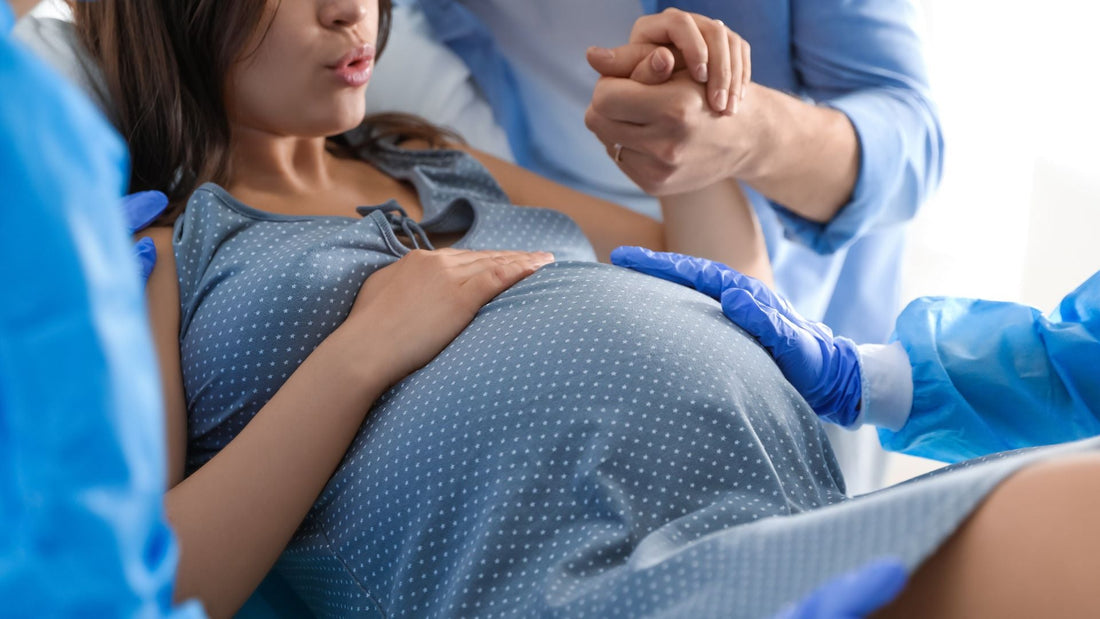Induced labor
Introduction
Induced labor: all expectant mothers have heard this expression at least once during their pregnancy. What does it mean? What are the indications, methods and risks of inducing labor?
In this article, I will take you by the hand and help you discover, with the help of an expert midwife, the answers to the above-mentioned questions.
Before starting, I'll leave you some useful information:
- To get your sweet pregnancy journey off to a good start, I recommend you take a look at the multidisciplinary prenatal video course , designed for you by Doctor Maria Chiara Alvisi, the midwife at the Yule Center .
- You can also find us on Instagram with the profile @drsilva.com_official
What is induced labor?
Induced labor is the labor that occurs following a labor that does not begin spontaneously, but is triggered by the intervention of exogenous factors.
As Dr. Alvisi recalled in the previous video, the factors can be mechanical or pharmacological in nature.

When is induction used?
The title of this paragraph is a very important question to answer.
To do this, it is necessary to underline that, in order to get to grips with what is a perfect balance, there must be precise indications.
One of the most frequent concerns the case of the mother who is approaching the end of her pregnancy .
One fundamental thing to specify is the fact that when the expression “ beyond term ” is used for a pregnancy, it does not mean the first day of the fortieth week.
In order to define a pregnancy as post-term, in fact, two weeks must have passed from the expected date of delivery.
The choices made by individual hospitals regarding the timing of induction - there are hospitals that induce at 41+3 and others that, instead, go up to 41+5 - greatly changes the mother's chances of starting labor spontaneously.
Another indication of induced labor is maternal pathologies. An example? Gestational diabetes. The same can be said for arterial hypertension.
Even the baby's problems can lead hospital staff to decide to proceed with an induction.
What matters is that there is a specific indication and that we can talk about benefits that outweigh the risks both for the mother's health and for the well-being of her little one.

